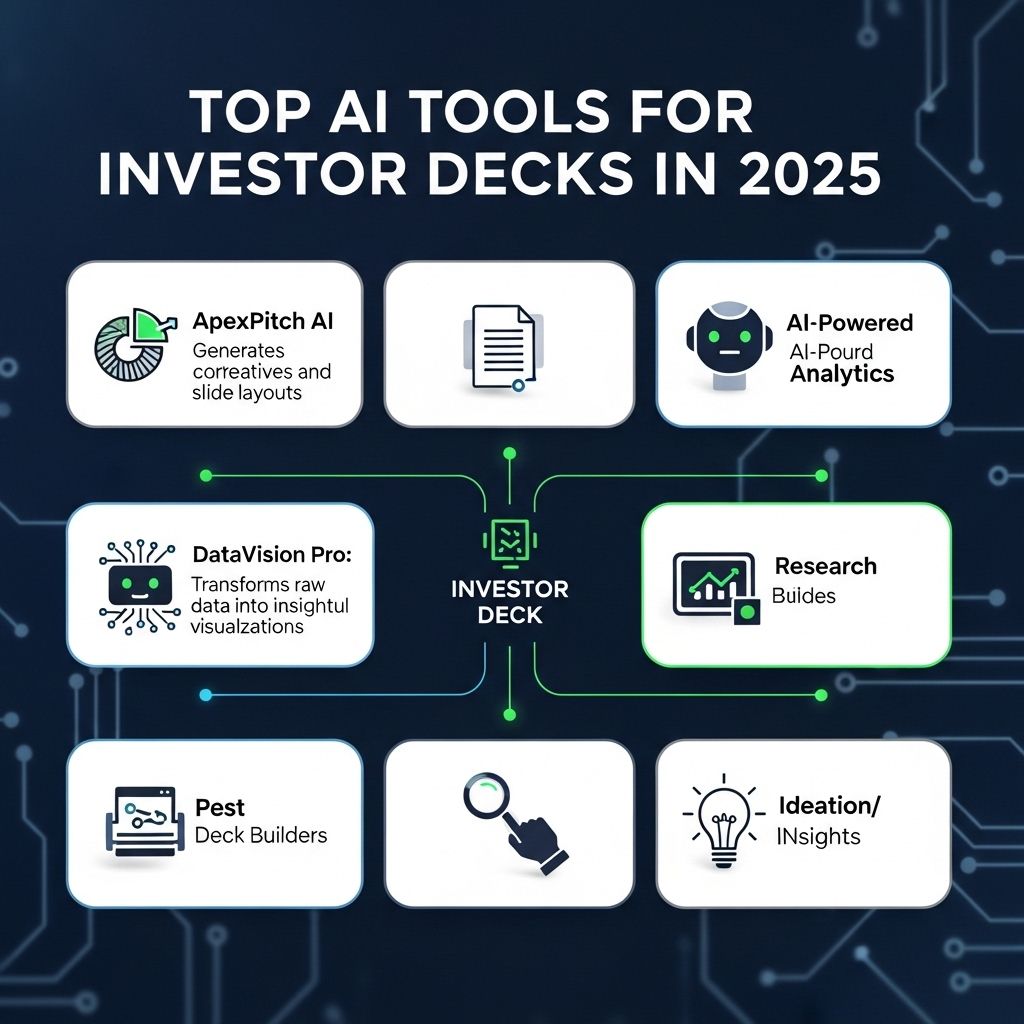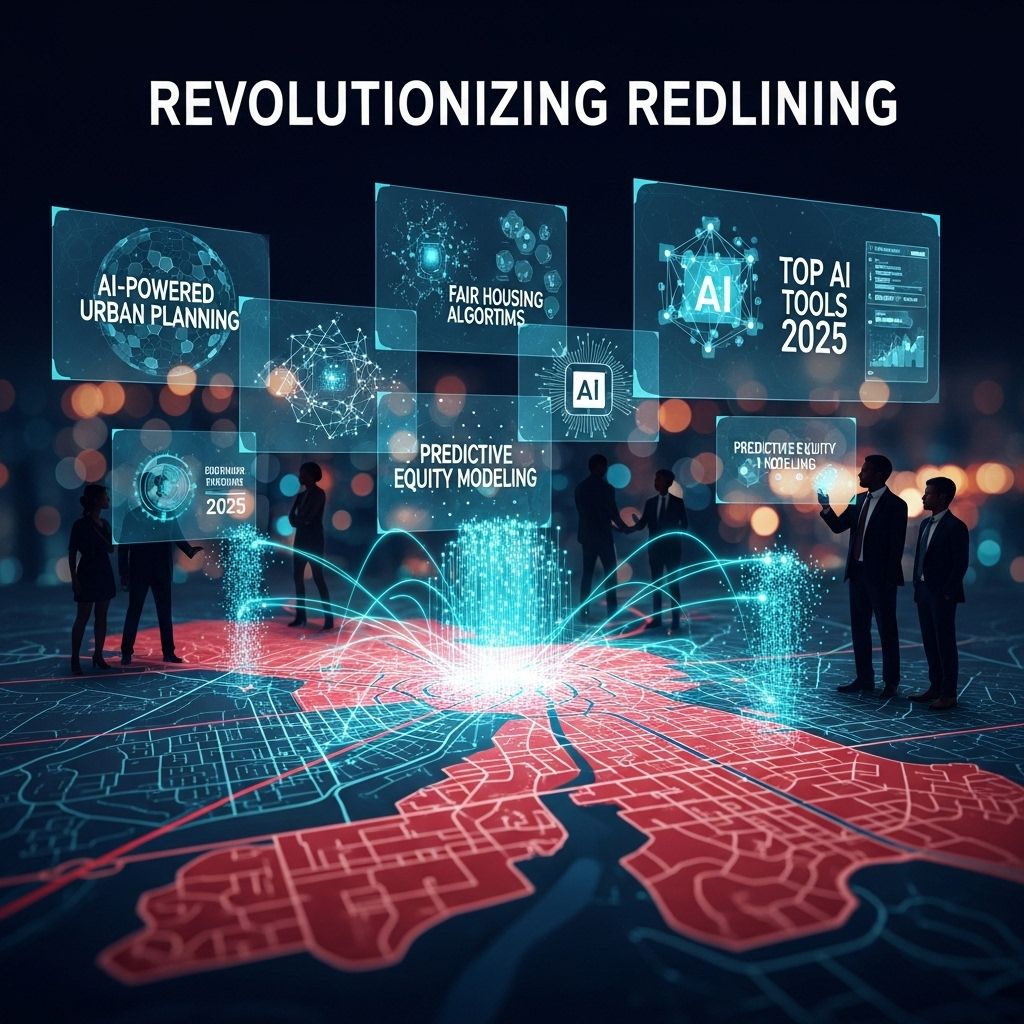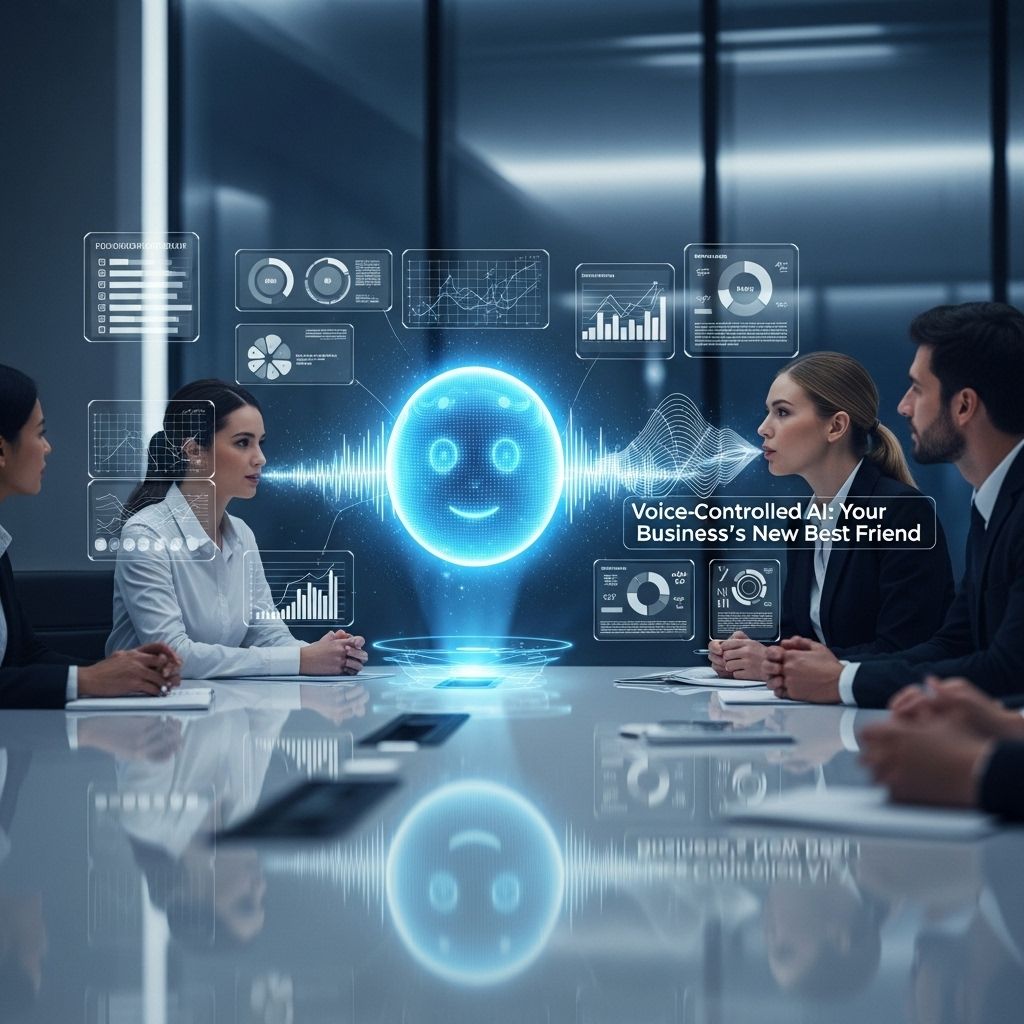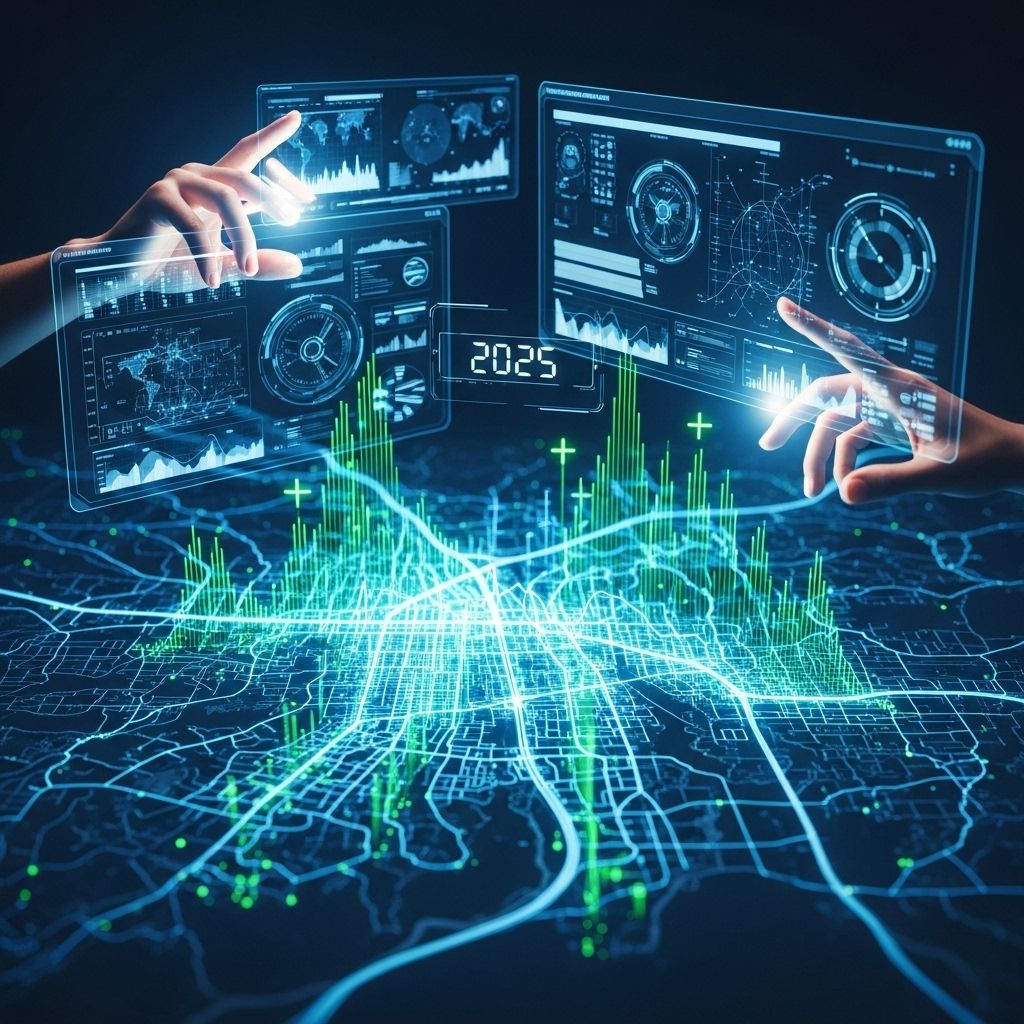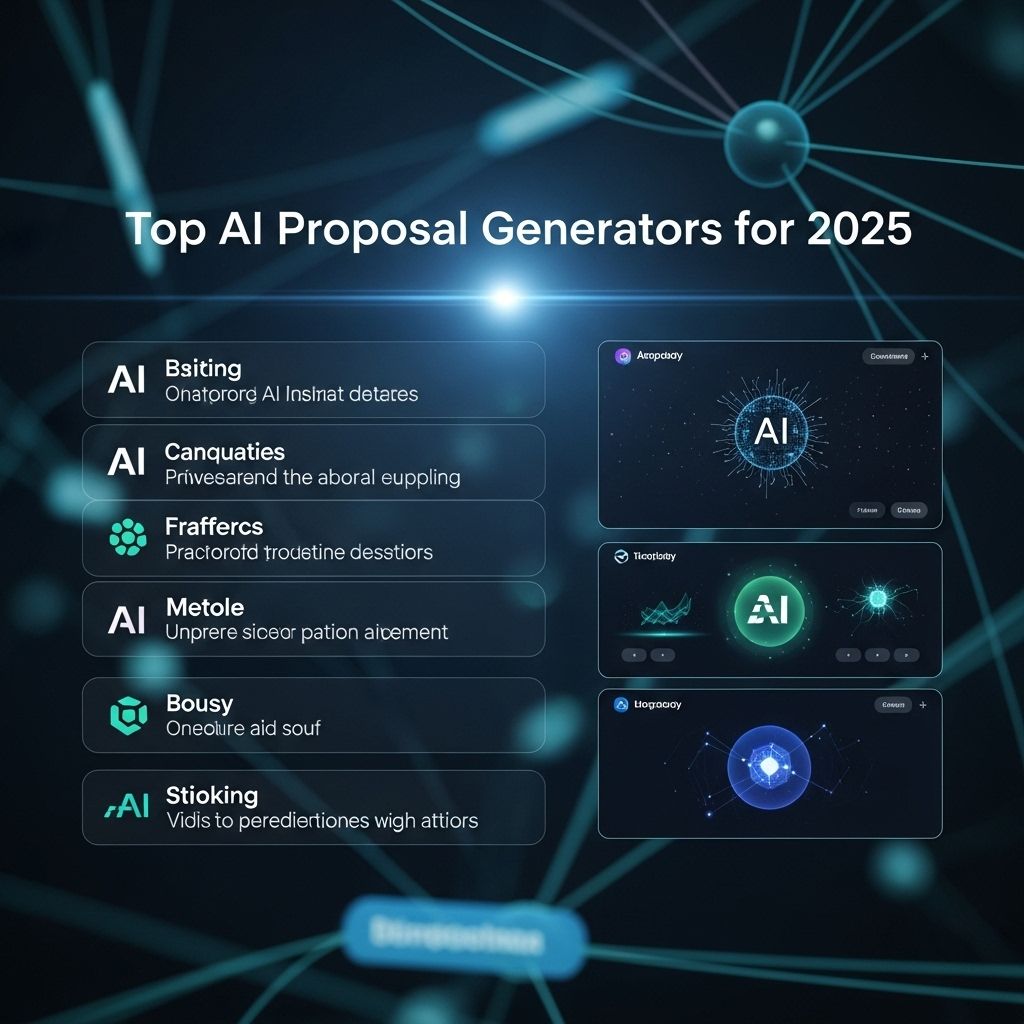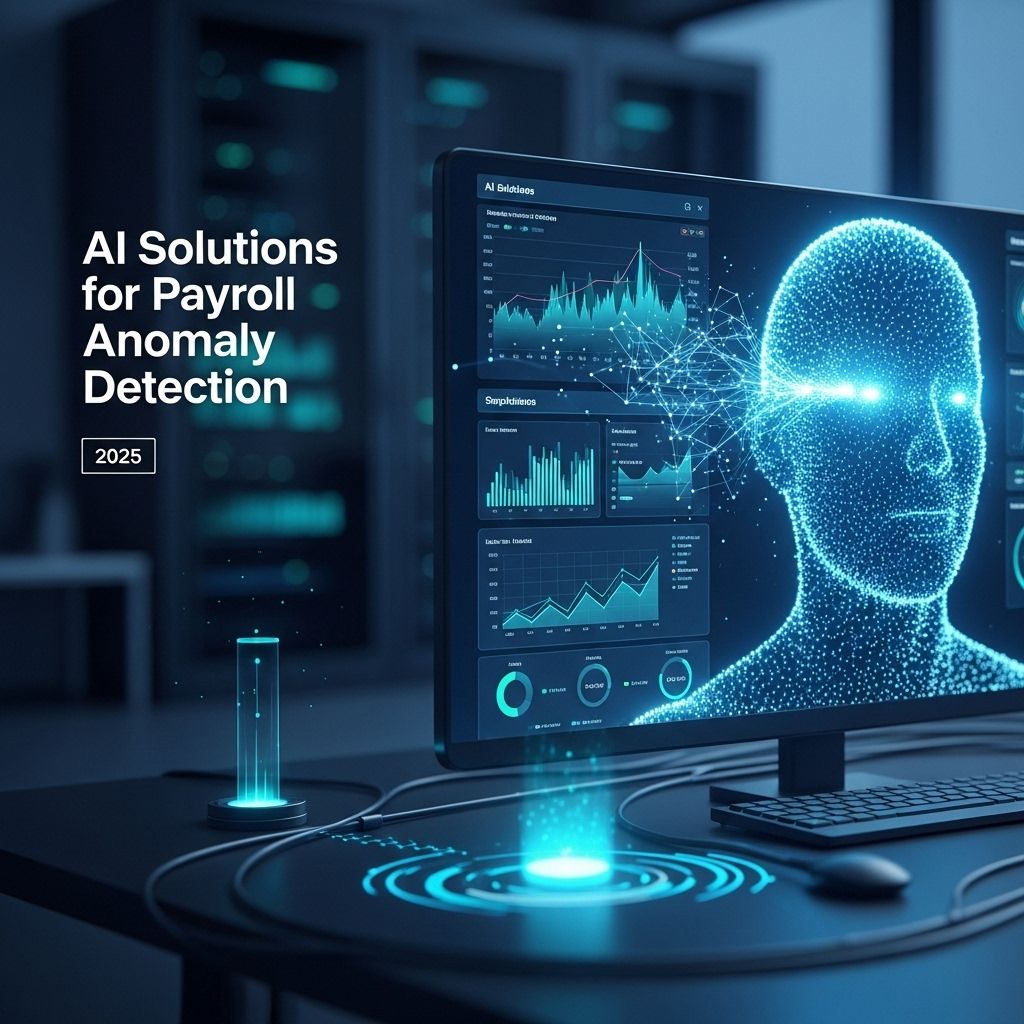Revolutionize Your Designs: The Power of AI for Creators in 2025
Discover how AI is transforming design for creators in 2025, enhancing creativity and efficiency in the design process.
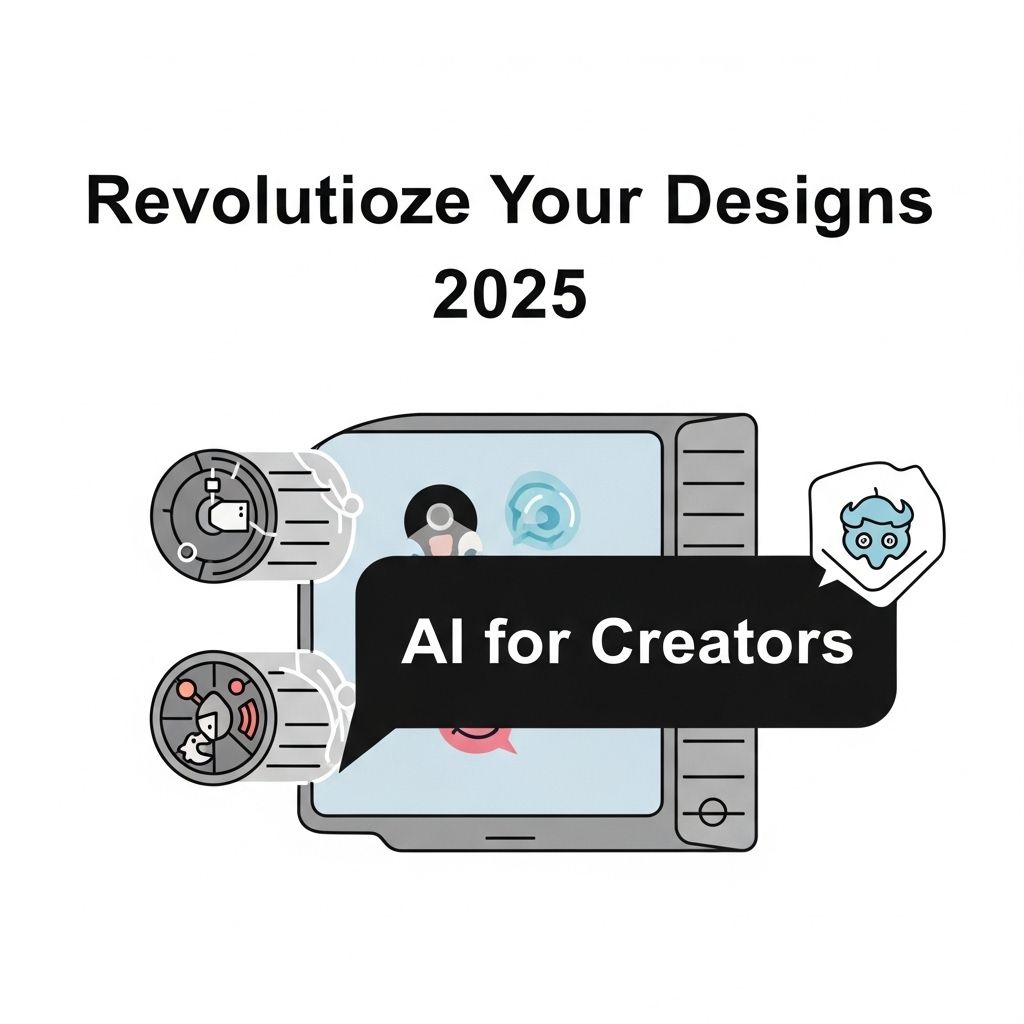
As we step into an era marked by rapid technological advancements, the realm of design is undergoing a transformative shift thanks to artificial intelligence. Creators are increasingly leveraging AI tools to elevate their work, streamline processes, and push the boundaries of creativity. In this article, we will explore how AI is revolutionizing design and what the future holds for creators in 2025.
Table of Contents
The Rise of AI in Design
The integration of AI into design is not just a trend; it represents a fundamental change in how creators approach their craft. AI technology is now capable of analyzing vast amounts of data, learning from it, and providing insights that can drive innovative design solutions. Here are some key ways in which AI is influencing the design landscape:
- Enhanced Creativity: AI can generate new design concepts by analyzing existing works and identifying patterns. This enables designers to explore fresh ideas that they might not have considered.
- Efficiency Boost: Routine tasks can be automated, allowing designers to focus on the creative aspects of their work. AI tools can handle everything from resizing images to generating color palettes.
- Personalization: AI can analyze user behavior and preferences, enabling designers to create more personalized experiences for their audiences.
AI Tools Transforming the Creative Process
Graphic Design
In graphic design, AI is empowering creators with tools that simplify complex tasks. Below are some popular AI tools that are changing the graphic design landscape:
| Tool Name | Description | Key Features |
|---|---|---|
| Canva | An online design tool that uses AI to suggest layouts and design elements. | User-friendly interface, templates, AI design suggestions. |
| Adobe Sensei | Adobe’s AI technology that enhances creative workflows across various applications. | Image recognition, auto-tagging, content-aware fill. |
| Looka | AI-powered logo maker that helps users create professional logos. | Custom design elements, brand kits, social media assets. |
Web Design
The web design process is also benefiting from AI innovations. Here are some AI-driven web design tools:
- Wix ADI: An AI-driven website builder that designs a personalized site based on user preferences.
- Figma: Integrates AI features for collaboration and design suggestions.
- Uizard: Converts hand-drawn wireframes into digital prototypes using AI.
The Future of AI in Design
As we look towards 2025, the future of AI in design appears promising. Here are some trends that are likely to shape the industry:
1. Increased Collaboration Between Humans and AI
Rather than replacing human designers, AI will serve as an assistant that enhances their capabilities. This partnership will enable designers to focus on strategic decision-making while AI handles repetitive tasks.
2. More Accessible Design Tools
AI will democratize design, making it accessible to individuals without formal training. No-code design platforms will become increasingly sophisticated, allowing anyone to create professional-quality designs.
3. Ethical Considerations and Accountability
As AI plays a larger role in design, ethical considerations will become paramount. Designers will need to be mindful of the implications of their choices, particularly regarding copyright and biases in AI algorithms.
4. Enhanced User Experience
With AI’s ability to analyze user behavior, designers will create more intuitive and user-centric designs. This will lead to improved engagement and satisfaction among users.
Real-World Applications of AI in Design
Several industries are already harnessing the power of AI to deliver innovative products and experiences. Let’s explore some notable examples:
Fashion Industry
Brands like Stitch Fix utilize AI algorithms to provide personalized clothing recommendations to customers. By analyzing purchase patterns and preferences, these brands can curate collections that resonate with individual consumers.
Interior Design
AI tools such as Modsy offer virtual room design services that allow clients to see potential layouts and furniture arrangements in their own spaces, enhancing the decision-making process.
Automotive Design
Automakers use AI to streamline the design process, from concept to production. AI simulations can predict how designs will perform in real-world conditions, saving time and resources.
Conclusion
The infusion of AI into the design world is not just a passing fad; it is reshaping how creators articulate their visions. As AI tools become more robust and accessible, they will allow designers to break free from traditional constraints and unlock new realms of creativity. By embracing AI, creators can enhance their workflows, push boundaries, and ultimately revolutionize the design landscape in 2025 and beyond.
FAQ
What is AI for Creators 2025?
AI for Creators 2025 is a cutting-edge platform that harnesses the power of artificial intelligence to enhance and streamline the design process for creators across various fields.
How can AI improve my design workflow?
AI can automate repetitive tasks, provide smart suggestions, and offer data-driven insights, allowing designers to focus more on creativity and innovation.
Is AI for Creators 2025 suitable for beginners?
Yes, AI for Creators 2025 is designed to be user-friendly, making it accessible for beginners while also offering advanced features for experienced designers.
What types of designs can I create with AI for Creators 2025?
You can create a wide range of designs including graphics, logos, websites, and marketing materials, all enhanced by AI capabilities.
Are there collaboration features in AI for Creators 2025?
Absolutely! AI for Creators 2025 includes collaboration tools that allow multiple users to work together in real-time, making it perfect for team projects.


